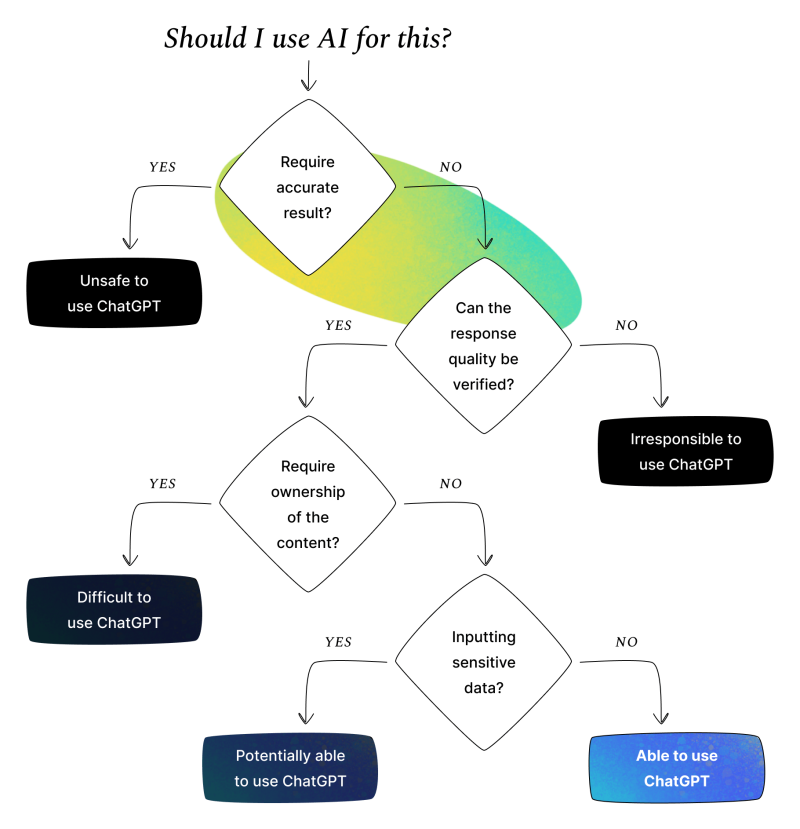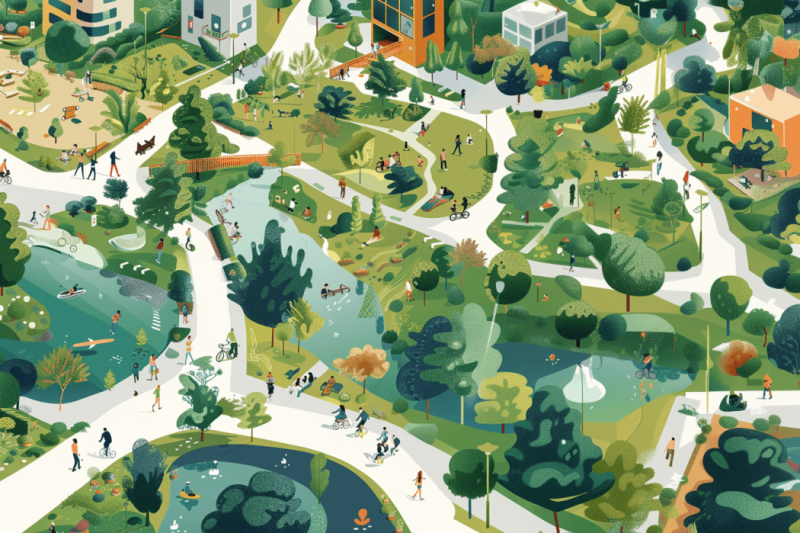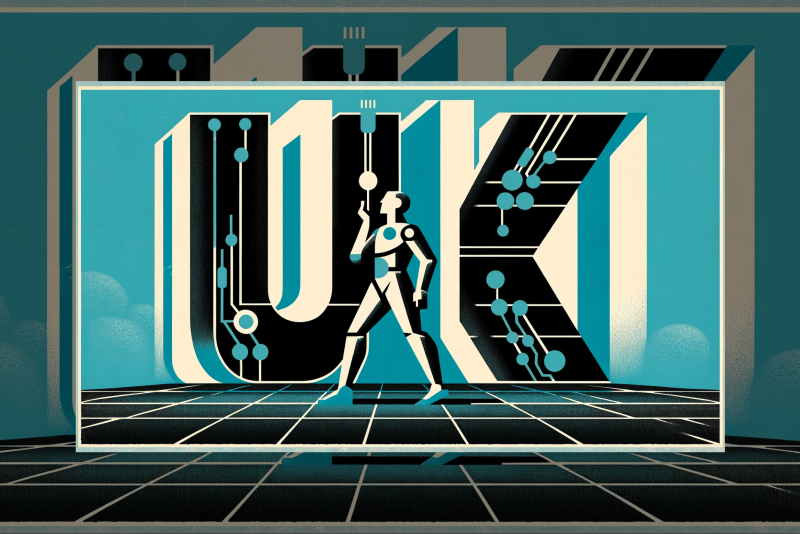How We’re Exploring the Cutting Edge: Experiments in AI

At Empatic, we are a design agency that lives at the intersection of creativity and technology. Every day, we strive to build better experiences for people, which means staying curious, adaptable, and ready to explore new tools that shape how we work.
Right now, nothing feels more cutting edge than artificial intelligence. From chatbots to image generators, AI is everywhere. It’s exciting, it’s transformative—and it’s also a bit messy. Like many others in our field, we’re not claiming to have all the answers yet. But we do know this: to stay relevant as designers, we need to experiment. So that’s what we’re doing.
Why We Experiment
As AI becomes a bigger part of our daily lives, we see its potential to support, streamline, and elevate our design work. But we also recognize that new technology rarely lands perfectly on the first try. Experimentation allows us to:
- Discover what works and integrate it into our process.
- Refine what kind of works through testing and iteration.
- Recognize what doesn’t work and put it aside for now (or maybe forever).
By approaching AI with a mindset of exploration—instead of perfection—we learn what it can and can’t do for us as designers.

What We’re Trying (and How It’s Going)
Here are some of the AI experiments we’ve been running lately:
1. Summarizing Post-Its in Miro
In workshops and brainstorming sessions, we often end up with hundreds of sticky notes in Miro. AI tools that summarize or cluster content can help us identify patterns faster and focus on insights, not just raw data.
Outcome: Promising! While not perfect, AI-assisted summaries help us sift through the noise quickly—and we can always fine-tune the results.
2. Using ChatGPT as a Sparring Partner
Yes, AI is great for generating text (… like this), but we also use tools like ChatGPT to challenge our ideas. In this way, they can help us:
- Rephrase or refine thoughts.
- Explore different perspectives on a problem.
- Kickstart creative ideation when we’re stuck.
Outcome: Surprisingly effective. Treating ChatGPT as a “second brain” or conversational sparring partner keeps the ideas flowing.
3. Image Generation for Presentations
We’ve experimented with AI image generators to create visuals for presentations, hoping to save time and add flexibility. While these tools can create generic images, we’ve found that’s not enough for our work. High-value presentations demand graphics that communicate information in a clear and visual way.
For us, there’s still no substitute (yet!) for a designer doing the work—crafting visualizations that truly tell a story or present complex information in a new light.
Outcome: Mixed. AI-generated images are occasionally useful, but for now, they’re no match for the thoughtful work of a human designer.
4. AI as Fuel for Ideation
AI can be a wildcard when we need creative inspiration. For instance, generating bizarre visuals or concepts—things we never would have thought of on our own—can lead us to fresh ideas.
Outcome: Weird, in the best way. These experiments often evolve into real concepts or inspire entirely new directions.
5. Image Generation for Rapid Prototyping
Sometimes we just need to show an idea quickly. AI image generators allow us to prototype concepts with high-quality visuals almost instantly.
Outcome: Huge value. It helps us share ideas in a more tangible, shareable way without investing hours in design work upfront.
6. Creating Dummy Data for Workshops
When teaching analysis methods in workshops, realistic sample data is often essential. AI tools can generate user profiles, comments, or survey results for us to work with.
Outcome: Helpful, but used cautiously. We’re careful to ensure participants know it’s fake data, and we always protect real user information.
The Value of Experimentation
These experiments are not just about finding the next shiny tool. They’re about learning: how can AI support our creativity, make us more efficient, or unlock new ways of thinking? It’s a process of trial and error, but with each test, we uncover opportunities to do better work for our clients.
And sure—sometimes AI fails spectacularly. But that’s okay. Every failure teaches us something, and every success shows us where AI fits into our toolkit.
What’s Next?
The truth is, we’re just getting started. As AI evolves, so will our experiments. We’ll keep testing, learning, and sharing what we find along the way. Because in a world where technology changes fast, staying curious is the best way to keep up.
How are you experimenting with AI?
Let’s talk. Whether you’re curious about our methods or have tools of your own to share, we’d love to hear from you.


